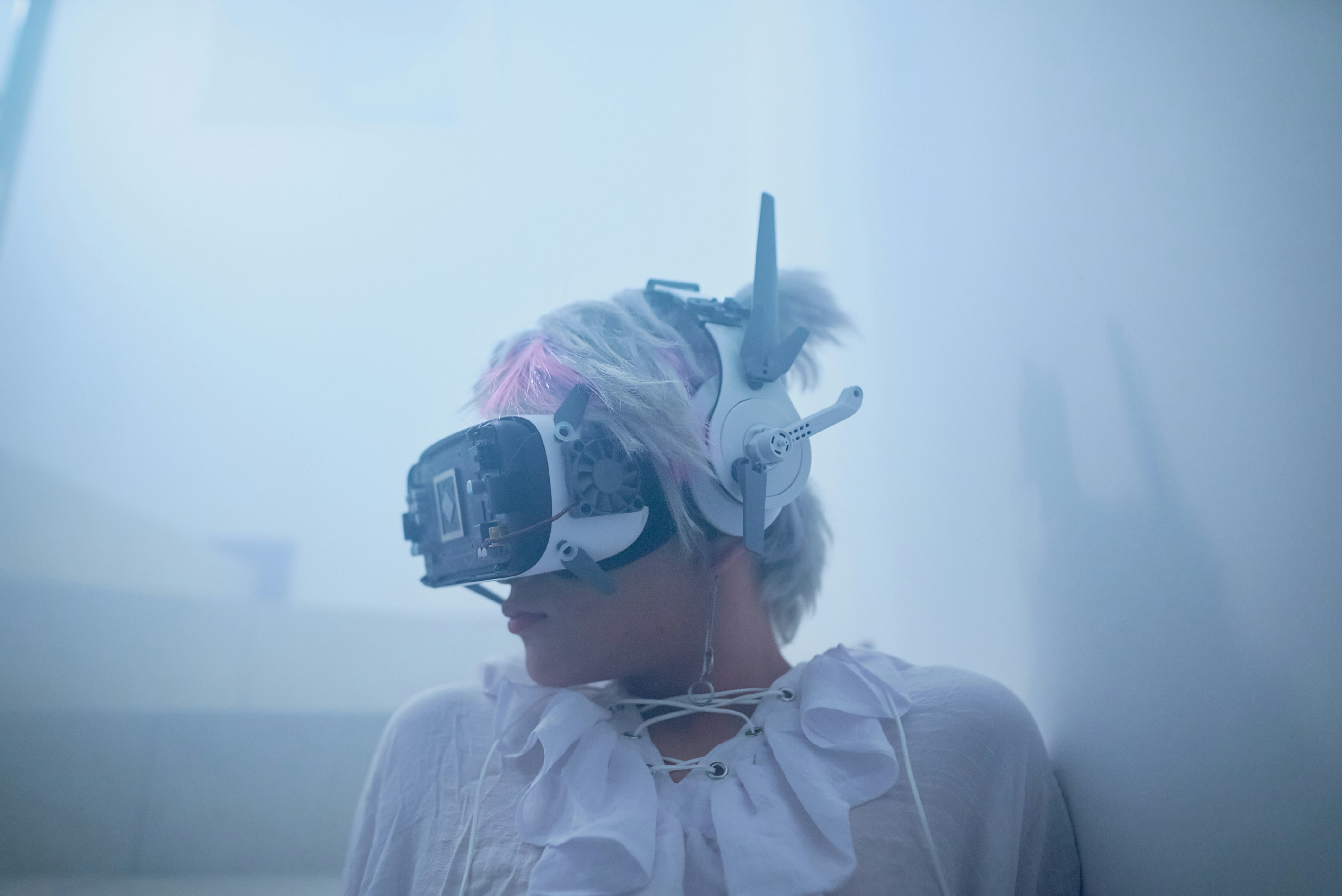Customer Experience in the Metaverse 🌌🕶️🛍️
January 15, 2022•750 words

🤖 Very soon, virtual reality will have a major influence on how companies interact with customers. Due to the immersive nature of virtual reality technology, customers will be able to experience products and services before they buy them. This has an impact on customer service interactions since sales that succeed will be driven by client education, not persuasion.
With VR technology being so accessible, every brand is going to have a presence in this space. Therefore, successful brands need to learn how to operate within these new parameters or risk losing customers due to a poor user experience. For example, if a customer wants more information about a car they are interested in buying from Ford Motor Company, instead of speaking with someone over the phone or email now they can put on an Oculus Rift headset and take a virtual test drive in the car. This will have a significant impact on how businesses communicate with customers.
What is virtual reality?
Virtual reality is a simulation that is created with software and shown on a computer or electronic device. It transports the user into a 360-degree virtual world. How does it work? VR technology works by displaying a stereoscopic 3D image on a screen through a head-mounted display (HMD) or similar device . This 3D picture is then reflected onto the lenses of the HMD, fooling your brain into believing you are there.
The Use of Virtual Reality in Customer Service
The impact of VR on customer service interactions is that businesses will need to shift their focus from persuasion to education. Customers will be able to experience products and services before they make a purchase, so the emphasis will be on providing value instead of trying to make a sale. This implies that businesses must create interaction VR experiences that are useful to their clients.
If a customer has a question about a product or service, they can simply put on a headset and get an answer. VR technology will also allow businesses to collect data about how customers interact with their products. This information can be used to improve the customer experience in the future.
For starters, businesses need to be aware that VR technology is no longer in its infancy. With companies like Facebook and Samsung investing in VR, the technology is only going to become more accessible and widespread. As a result, customers will expect every business, regardless of size, to have a VR presence.
How to Create a Successful VR Customer Experience Strategy
The first step is to understand your customers and what they want. If you're not sure, do some research and find out. Once you have a good idea of what they are looking for, you can start designing VR experiences that meet their needs.
It's important to make sure that your VR experiences are easy to use. If they are not user-friendly, customers will not be happy and will likely go somewhere else. Keep in mind that not everyone is familiar with VR technology, so take the time to explain how it works when you first introduce it to them.
Make sure that your VR experience can be easily accessed. This may require you to create several versions of the virtual reality content to fit different platforms, such as Oculus Rift or Samsung Gear VR.By taking these steps, customers will be able to interact with your brand in a way that is more beneficial for their needs, and at the same time, you're capturing data about how they use your products. By capturing this information, companies have the opportunity to improve upon their existing services by making them more user-friendly.
Customer service interactions are going to focus mainly on education. For brands to succeed in this new environment, they need to design interactive experiences that capture valuable feedback from customers so they can make better decisions.
Conclusion
VR technology isn't just for entertainment anymore. Customers will be able to try out goods and services before purchasing them, so the emphasis will be on delivering value rather than attempting to close a transaction.
For brands to succeed in this new environment, they need to design interactive experiences that capture valuable feedback from customers so they can make better decisions about how their business evolves with virtual reality tech.
With VR technology being so accessible, every brand is going to have a presence in this space--and you may need one too if your customers are expecting it from you!